Question:- I have to calculate the FFT of time series data.
Time series data of what ? I have a Vibration sensor that is giving me the data of displacement in x and y coordinate.
What are the Problems? I can't find a proper library to work although I found some but I don't know if it is working fine or not. te As far as I know, we need Sample Rate and FFTsize(number of elements) to calculate the FFT
I used the library https://www.npmjs.com/package/fft-js in which I passed a 1D array and it returns a 2D array having some positive values and some negative values.
Question I have
- How does it calculate FFT without the sampling rate as far as I know a sampling rate is needed
- For calculating FFT does data frequency need to be constant as like idealy I am having 170 data per second but sometime if goes down as 165 and 160
- What are ways I can verify my fft
Ps:- I am trying to plot fft in realtime
help or resource are much appreciated as I Can't find any resource of fft in javascript


